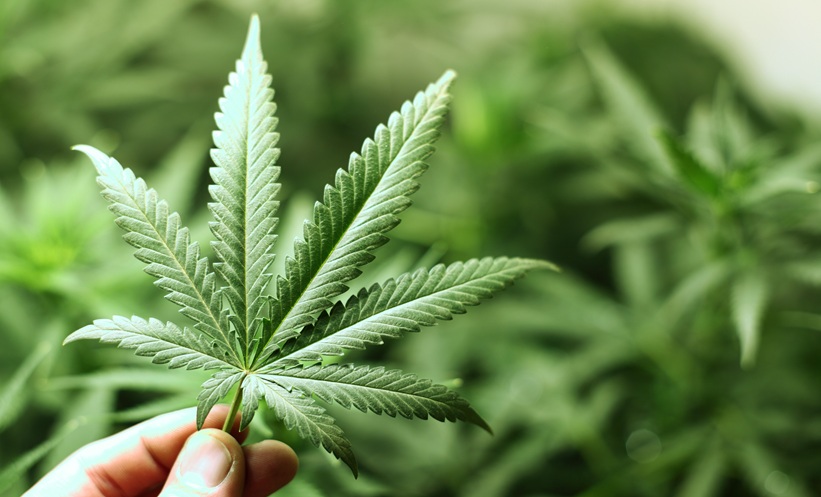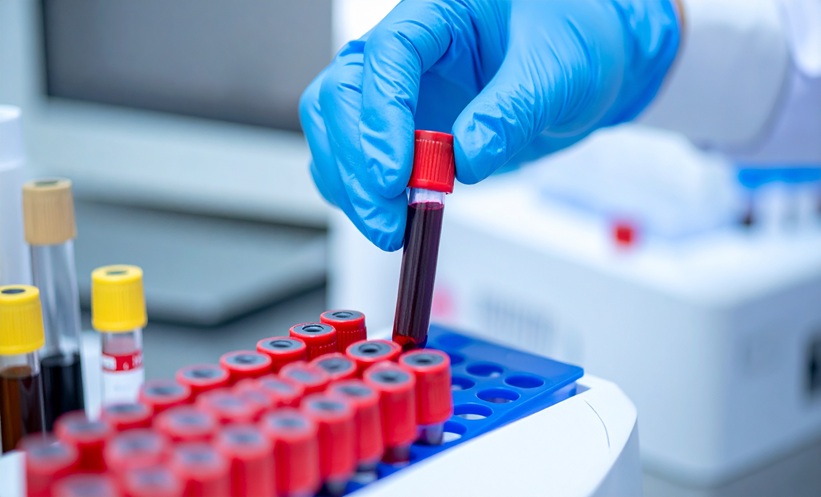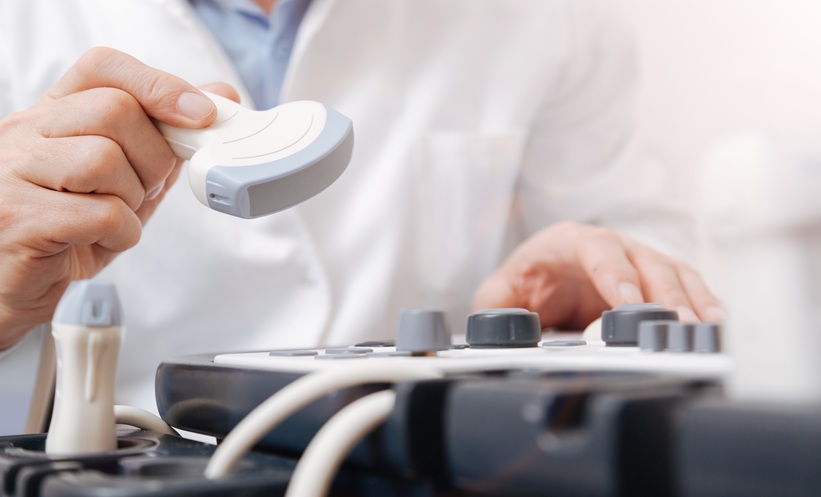A RECENT retrospective cohort study investigated the potential link between cannabis use disorder (CUD) and lower urinary tract symptoms (LUTS) in paediatric patients. Using data from the TriNetX Research Network, researchers analysed records of male and female patients under the age of 18 with and without a diagnosis of CUD. The study applied propensity-score matching to control for demographic factors and other conditions known to contribute to LUTS, ensuring a balanced comparison between the two groups.
In total, data from over 9 million children were included. After matching, each group consisted of 11,840 male and 11,810 female patients, with median ages of 15.6 and 15.5 years, respectively. The primary outcomes measured were new diagnoses of LUTS, pelvic pain, overactive bladder (OAB), dysuria, and urinary tract infections (UTIs) over a five-year follow-up period.
Among female patients with CUD, there were statistically significant increases in the diagnoses of pelvic pain (odds ratio [OR] 2.3), OAB (OR 1.6), dysuria (OR 1.2), and UTIs (OR 1.8) compared to controls. In male CUD patients, significant increases were seen in pelvic pain (OR 3.8), dysuria (OR 1.4), and UTIs (OR 1.7). These findings suggest a noteworthy association between CUD and the onset of LUTS in both sexes, with pelvic pain particularly pronounced.
The study concludes that paediatric patients with cannabis use disorder may be at higher risk of developing a range of lower urinary tract symptoms compared to their peers without CUD. The mechanisms underlying this association remain unclear, but the results highlight the need for further research into the effects of cannabinoids on urinary and pelvic floor function. Given the increasing prevalence of cannabis use among adolescents, these findings could have important implications for paediatric healthcare and substance use counselling.
Reference
Grutman AJ et al. Cannabis use is associated with lower urinary tract symptoms in pediatric patients – a large claims database study. Urology. 2025;DOI:10.1016/j.urology.2025.07.014.







